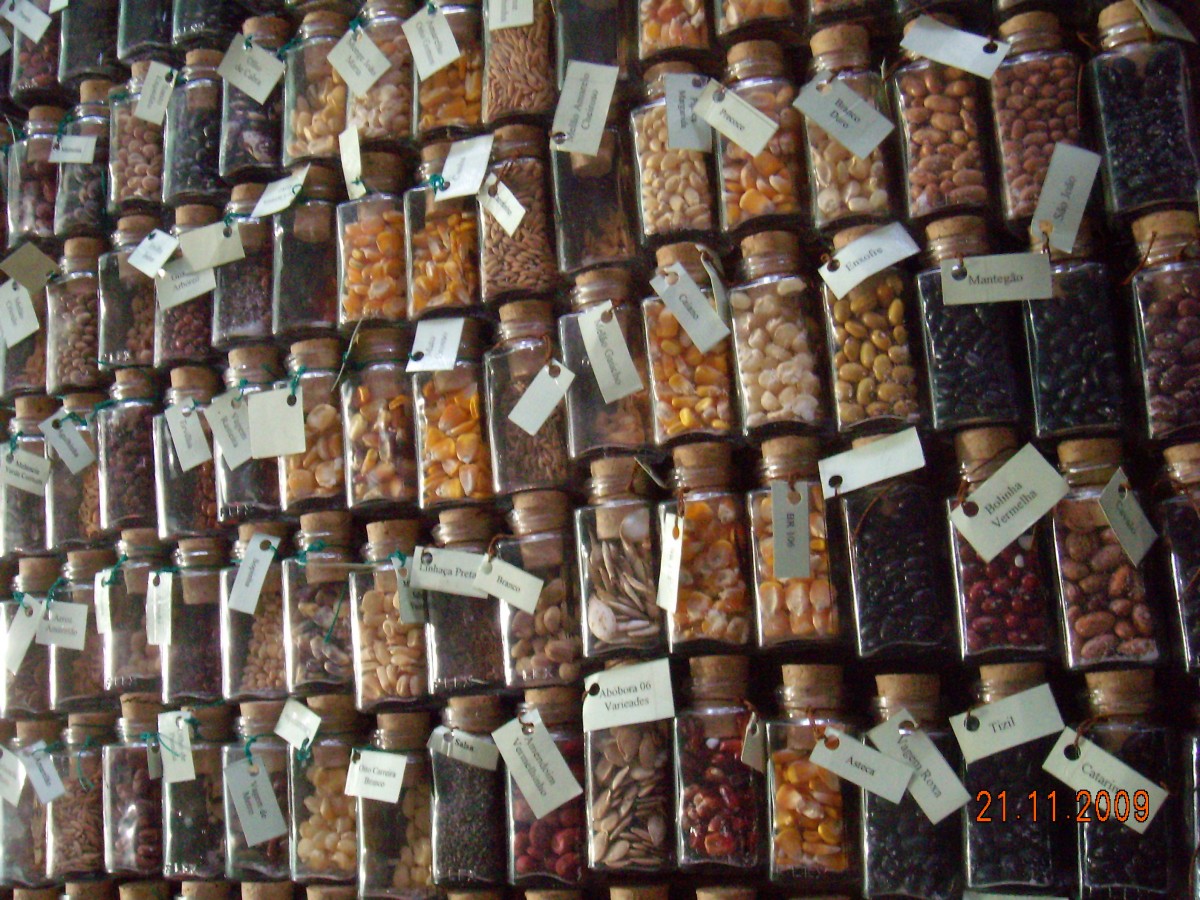
Personne de contact :
Stéphanie Klaedtke Stephanie.klaedtke@itab.asso.fr & Corentin Hecquet corentin.hecquet@uliege.beÉtiquettes :
AgroécologieRecherche Hybride
Transition écologique
DYNAVERSITY – DYNAmic seed networks for managing European DIversity (2018-2021)
The progressive shift of farmers from local varieties to genetically uniform high-yielding varieties is a global trend, coming from the last century. It has been raising concerns about the implying loss of genetic diversity, a phenomenon named as “genetic erosion”. This loss of diversity is worrying because reduces the chances of plants to adapt to changing, to climate changes for example. Two conservation strategy have been defined: ex situ and in situ. The first implies the preservation of species outside their natural habitat, such as genebanks,. In situ conservation is performed in the sites where plants developed their distinctives properties. It has, among others, the major advantage of capturing the evolutionary adaptation of plants exposed to changing environmental and management conditions. The in situ have however been poorly considered or applied by public authorities as such. Natural parks have rarely been involved in this discussion about in situ conservation even though many parks are working on CWR and landraces conservation.
DYNAVERSITY analyses and describes the actors involved in plant genetic conservation for agriculture in order to suggest management and governance models and to construct new forms of networking. It facilitates exchange and integration of scientific as well as practical knowledge on how to best manage diversity in agriculture and in the entire food chain, restoring evolutionary and adaptation processes.
The SEED ULiège research team has been in charge of mapping actors and stakeholders and through case study analysis,
- generating a knowledge base on the characteristics of in situ genetic resources, good practices on conservation and management issues
- promoting new sustainable links and partnerships between European conservation stakeholders – crosscutting academic-civic-political-private actors – by training and mutual learning programs aiming at diminishing the divide between in situ and ex situ conservation efforts
SEED and DYNAVERSITY partners selected and analysed 21 experiences representing the different players and networks involved in in situ and on farm conservation, and their interrelations. Selected case studies cover the different geographical regions of Europe, different crop types and species and different actor categories (gardeners, farmers, seed companies…). Two case studies have been performed in the USA. Through these case studies, the consortium aims at understanding what it is that enables different initiatives to link up and collaborate. The theoretical framework of reference for this analysis is the transformative social innovation (TSI) theory which was operationalised in a set of questions, that supported the development of an interview guide. A total of 64 stakeholders were interviewed. The whole set of case studies analyses is available for download as zip file (9 MB). Here, you can read and download a synthesis or an in depth analysis of each case.
Partenaires : INRA (FR), CIRAD (FR), ECLLD (EU), ESSRG (HU), Federparchi (IT) (Formicablu (IT),Rete Semi Rurali (IT), URGENCI (IT), Arcadia (B).
Financement . EU Horizon 2020 ancPartnership and networkin
